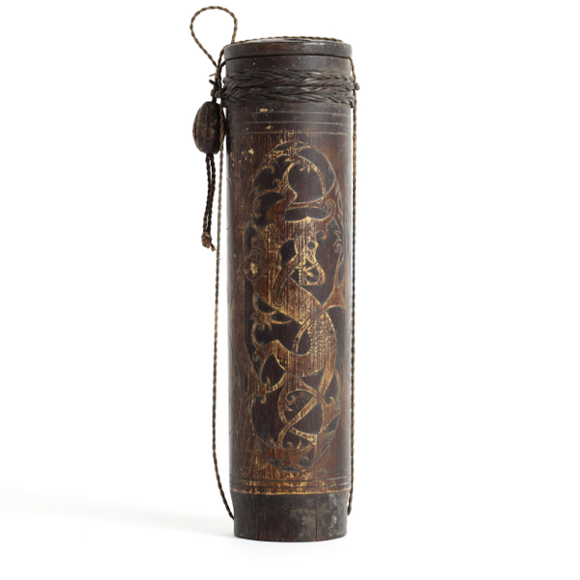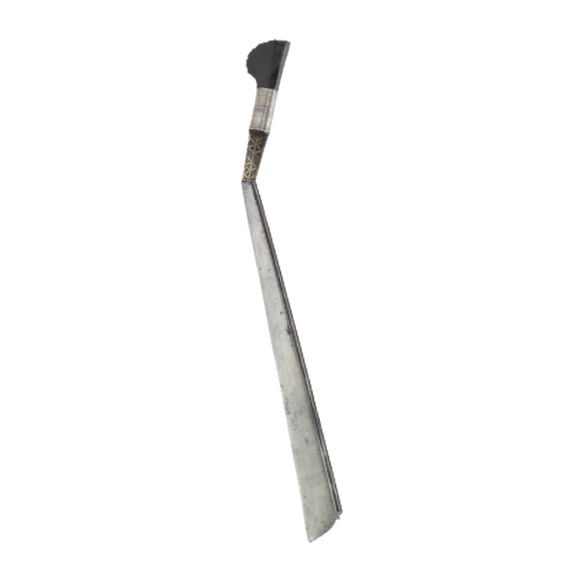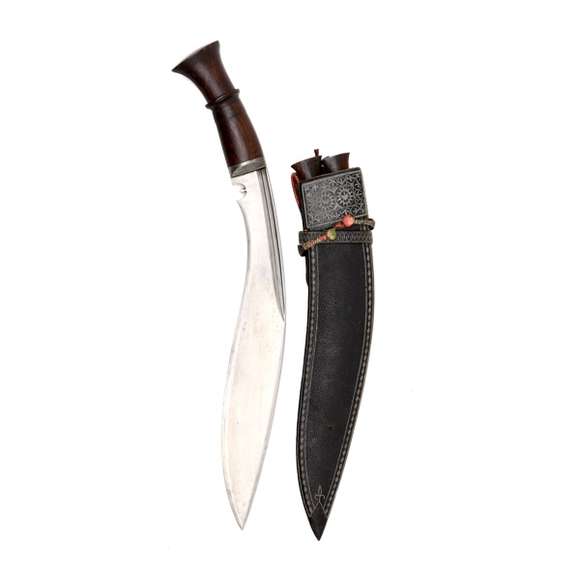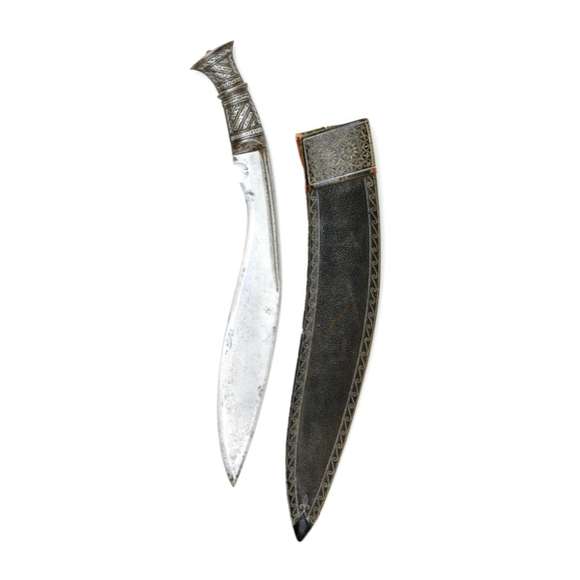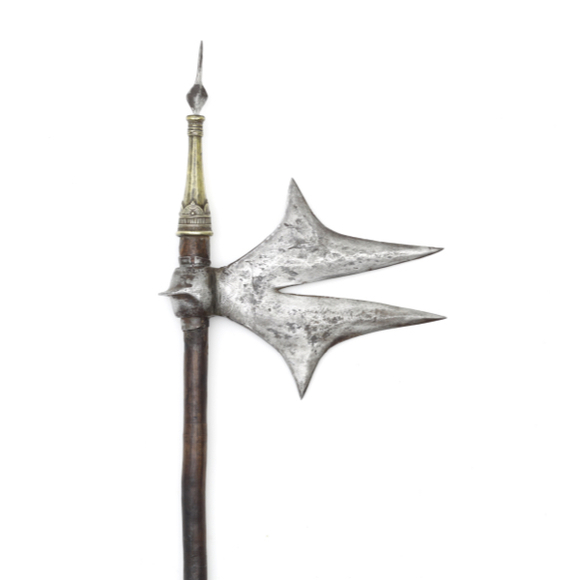Language: Dayak
Source: Pleyte, 1891
Description
Damek is a Dayak blowgun dart. Its made of a sliver of bamboo, 17-20 cm long, with a conical piece of pith or soft wood at the back.1

A Dayak blowgun dart.
Notes
1. C.M. Pleyte; Sumpitan and bow in Indonesia. Internationales Archiv für Ethnographie. Band IV, Heft VI. Leiden. 1891. Pages 265-281.
Varieties
-Tepus: their simplest form, the tip cut out of the shaft material.
-Ladjau: with a brass tip
-Tangiri: tipped with a separate piece of bamboo
Some have a tip made out of shark-tooth, a few of them have wing-like appendages along the shaft.1
Notes
1. C.M. Pleyte; Sumpitan and bow in Indonesia. Internationales Archiv für Ethnographie. Band IV, Heft VI. Leiden. 1891. Pages 265-281.
Poison
On the poison used by the Dayak, Peyte writes;
"The arrows are so small that the wound which they inflict is in itself insignificant. They are, however, converted into weapons of the most formidable character by being smeared at the tip with poison obtained from the upas-tree.
A wound made by an arrow, poisoned with upas-juice is sure to be fatal, provided that the poison be quite fresh; but it loses its power very rapidly, and after it has been exposed to the air for two hours it is useless and must be renewed. When fresh it is fatal in a very short time, as was found by Mr. Johnston, who led an attack on the Kanowit-Dyaks in 1859. He lost thirty men in the attack, every one of them being killed by the tiny sumpit-arrow , and not one having a mark on him, except the little wound made by the arrow's point.
Should the poison have been exposed to the air, the wounded man has a chance of recovery; and it has been found that a large dose of spirits, sucking the wound, and keeping the sufferer continually in motion will generally overcome the virulence of the poison.
The juice of the upas-tree is procured simply by boring a hole in the trunk, from which the juice issues in a white, creamlike state. It is received in little flasks, made of bamboo, which are closed in the most careful manner, in order to exclude the air. One of these flasks Mr. Wood describes as follows: „It is flve inches in length, and about half an inch in diameter. One end is naturally closed by a knot, and the other is sealed with the most scrupulous care. First, a plug of soft wood has been inserted into the end, after the manner of a cork. Over the plug a lump of beeswax has been flrmly kneaded , and over the wax a piece of membrane has been tied when well. Although the upas is white when it first issues from the tree, it speedily becomes black, when exposed to the air."
It must still be mentioned that the Dyaks use also sumpitans without a spearpoint and that they smear another poisonous substance on their missiles called strew, made of the Nux vomica." 1
Notes on poison
1. C.M. Pleyte; Sumpitan and bow in Indonesia. Internationales Archiv für Ethnographie. Band IV, Heft VI. Leiden. 1891. Pages 265-281.

Poison tipped Dayak dart.
On possible antidotes
"It is said that the Mangkassars themselves know no remedy against this poison, and that anybody wounded by these venomous arrows, must infallibly die, for the poison insinuates itself immediately into the blood and the vital organs, occasioning dreadful inflammation.
Human feces are held to be the surest remedy against the poison of these arrows, as it causes the wounded person to vomit. This process has saved the lives of several of our soldiers, wounded by the arrows of those Mangkassar-warriors, though others, notwithstanding the use of the remedy, died soon after being wounded and others again some two or three days later.
A certain kind of root, resembling very much the sugar-root, but better to the taste, is thought to be another excellent antidote and has been often tried as such by our soldiers, human feces being such a disgusting remedy. The root must be chewed, and then laid on the wound.1
-Nieuhoff, 1682
Notes on antidotes
1. Nieuhoff; Gedenckwaerdige zee- en landreize na den Oost-Indien. 1682. Page 217, and Plate.

